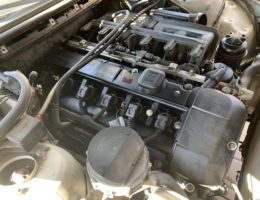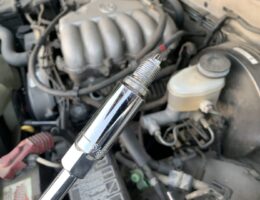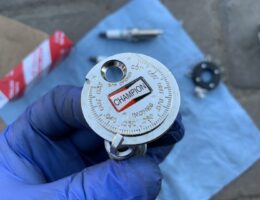The BMW E46 utilizes a coil-over configuration, with each ignition coil matched to one spark plug. In total, that comes out to (6 qty) ignition coils and (6 qty) spark plugs on this inline six engine. I’ve written this DIY tutorial to replacing the spark plugs for the E46, which will cover all 323i, 325i, 328i, and 330i models.
The spark plug replacement on a 4th generation Toyota 4Runner is a job that you will need set aside 2-3 hours for. The replacement of the spark plugs themselves doesn’t take long, but most of the time will be spent removing components in the engine bay to get access to the spark plugs. I recommend using a step stool to get some additional height as you will be working closer to the middle and back of the engine bay; this is especially needed if you have a 4Runner that has a lift on it. This guide is written for the 4.0L V6 (1GRE-FE engine code) on the 4th Generation Toyota 4Runner.
The 1st generation Toyota Tacoma with the 3.4L V6 (5VZ-FE engine) has six twin ground electrode spark plugs. Toyota recommends that these spark plugs be replaced every 30,000 miles, however there are many accounts of 5VZ-FE owners who have driven on the same set of spark plugs for double and triple that mileage. I personally wouldn’t let it go to 90,000 miles, but I also wouldn’t necessarily follow the 30k-mile change interval either. My parents’ Tacoma is about 15 years old with only 30k miles on the clock, so we decided to replace the spark plugs more so due to the age rather than the mileage interval.
Spark plugs play critical role in the engine combustion process by precisely igniting the mixture of air and fuel in order to produce power. There are several different ways of checking and adjusting spark plug gap with various pros and cons of each method. Most commonly you will see coin style and wire loop gauges being used, but feeler gauges are also used too. Here’s a guide to checking and adjusting spark plugs using the coin style and wire loop gauges, which will work perfectly in majority of cases.




